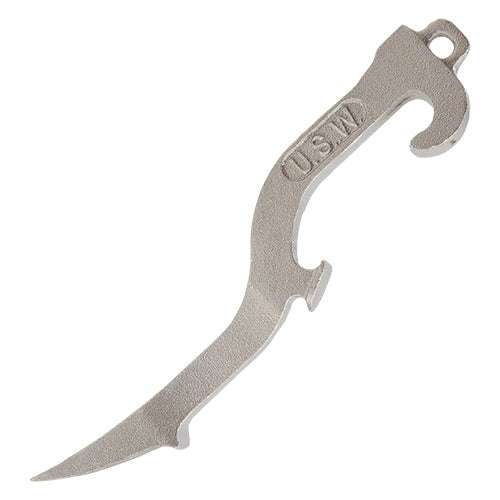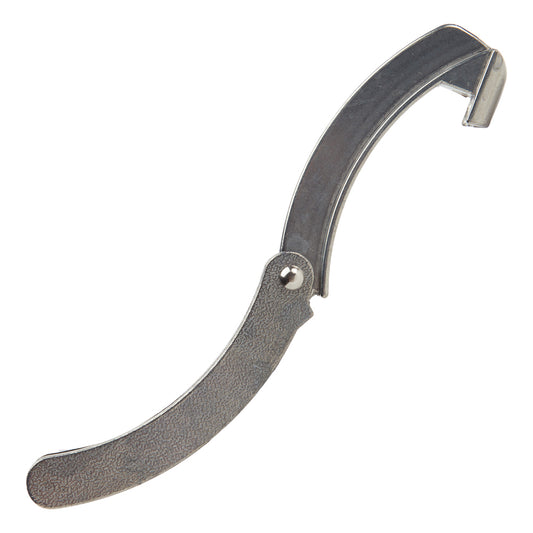Due to supply chain issues brass couplings may be imported. If you require domestic couplings please call to place your order. There will be a surcharge and lead time is unknown. There is no change to the hose itself, which is woven and manufactured in the USA. We will switch back to U.S. manufactured couplings as soon as we are able.
This hose is explicitly NOT intended for on vessel use for the U.S. Military and is NOT Mil Spec Mil-H-24606B hose. Please see our orange hose in our "USCG Fire Hose" category for Mil Spec hose.
All of our domestic hoses are supplied by the largest manufacturer of fire hose in the United States. They have specialized in municipal fire fighting, industrial, military and marine hoses for the past 35 years. Every assembled hose is pressure tested by the manufacturer to ensure safety and reliability. Hoses are produced to meet applicable NFPA, UL, MSHA, FM, FDA and MIL‑H‑24606 standards.
Our Made in the USA double jacket lay-flat hose meets and exceeds all NFPA 1961 standards. This hose is constructed of an EPDM synthetic rubber tube and a double layer of 100% polyester woven jackets. The rubber lining is a single-ply extruded tube of synthetic EPDM compounded to resist ozone. Double jacket refers to the second layer polyester covering woven from staple polyester yarn added for increased abrasion resistance.
How To Purchase Fire Hose
- Always ask where the hose is manufactured - Buy American!
- Adding color impregnation improves durability compared to untreated white hose
- 50 foot lengths are easier to handle and offer more layout flexibility vs. 100 foot lengths
- The most common hose, thread and couplings in use by fire departments today is double jacket hose with aluminum NH / NST
- Double jacket hose with any color is the most durable hose available
Applications
- De-contamination / Wash Down
- Corrosive Environments
- Salt Water Environments
- Chemical Fire Protection
Test Ratings (Water Only With Expansion Ring Couplings)
- Service Pressure (A 3-minute hydrostatic test conducted by users on in-service hose to determine suitability for continued service)
- Proof Test Pressure (A pressure equal to a least two times the service test pressure)
- PSI Burst Test Pressure












